May is mental health awareness month. While every day should usher in opportunities to support each others’ emotional well-being, this month we shine a spotlight on mental health issues in the hopes of destigmatizing these diagnoses and supporting those in need.
There’s never been a more relevant time for these reflections. Data from a CDC study that surveyed nearly 2,000 students demonstrate that mental health is worsening for all adolescents, but in particular for girls. The investigators reported, “America’s teen girls are engulfed in a growing wave of sadness, violence, and trauma.” Mental health emergency room visits for this age group are at an all-time high, and study respondents reported an alarming 25% of girls had at one point devised a suicide plan. In the past two years, the number of ER visits for suicide attempts in girls has increased more than 50%.
It’s no secret that pandemic-driven social isolation and elimination of major milestone celebrations contributed to teenagers’ misery. On a national scale, political and racial unrest can make the future seem chaotic and unpredictable, which only fuels the disquiet that we all feel when we watch the news. Aside from existential unease, the internet provides a source of very real and personal danger. The anonymity of online hate speech grants access to trolls spewing hostile rancor at individuals or marginalized groups. For teenagers who are, developmentally, establishing a personal identity, these assaults can disrupt the natural rhythm of this evolution, and can leave lasting scars.
But even neutral content on the internet can be damaging. The beauty standards set by celebrities on social media demand an unrealistic norm. Photoshopping and air-brushing enhance faces and bodies of posters and set an expectation that perfection is the baseline. Some social media scrollers spend upwards of 6 hours a day on these apps, and could see hundreds or even thousands of photos of models and influencers every day, and they internalize these unattainable beauty ideals, generating dissatisfaction with their own imperfections, no matter how minor. Results of a study out of Ontario by the American Psychological Association demonstrated that teen girls who took even a three-week break from social media reported “vastly improved” self-image.
No one is immune to these effects, as evidenced by the rising incidence of eating disorders and mood conditions in both boys and girls. While perhaps not as dire as the girls’ situation, the statistics surrounding adolescent boys’ mental health are daunting as well. And as the line between genders fades to a spectrum, the conversation will evolve to reflect the additional stressors that contribute to all adolescent mental health disorders. But even faced with these worsening facts and figures, we are not without hope.
The theme of 2023’s Mental Health Awareness month is “Look around, look within.” It’s a reminder that while many stressors come from outside sources, there are internal factors, like genetics, as well. Recognition that we are humans with faults can go a long way toward cultivating acceptance and tolerance. This year’s theme should also prompt us to look around at others to see what they need, and search within ourselves to recognize ways we can help bridge that gap. Examining the important role of mental health, particularly in the lives of developing young minds in the digital age, is a worthwhile endeavor.
From UH Pediatrician and PSI Medical Expert – Dr. Carly Wilbur.
Click here for more great insights from Dr. Wilbur.



